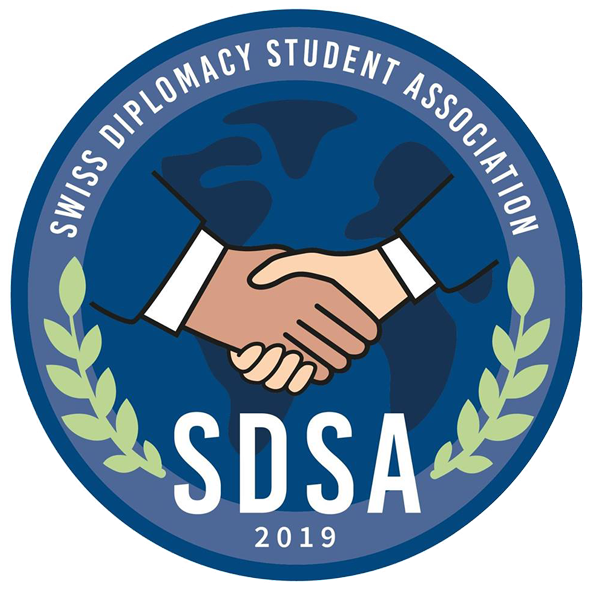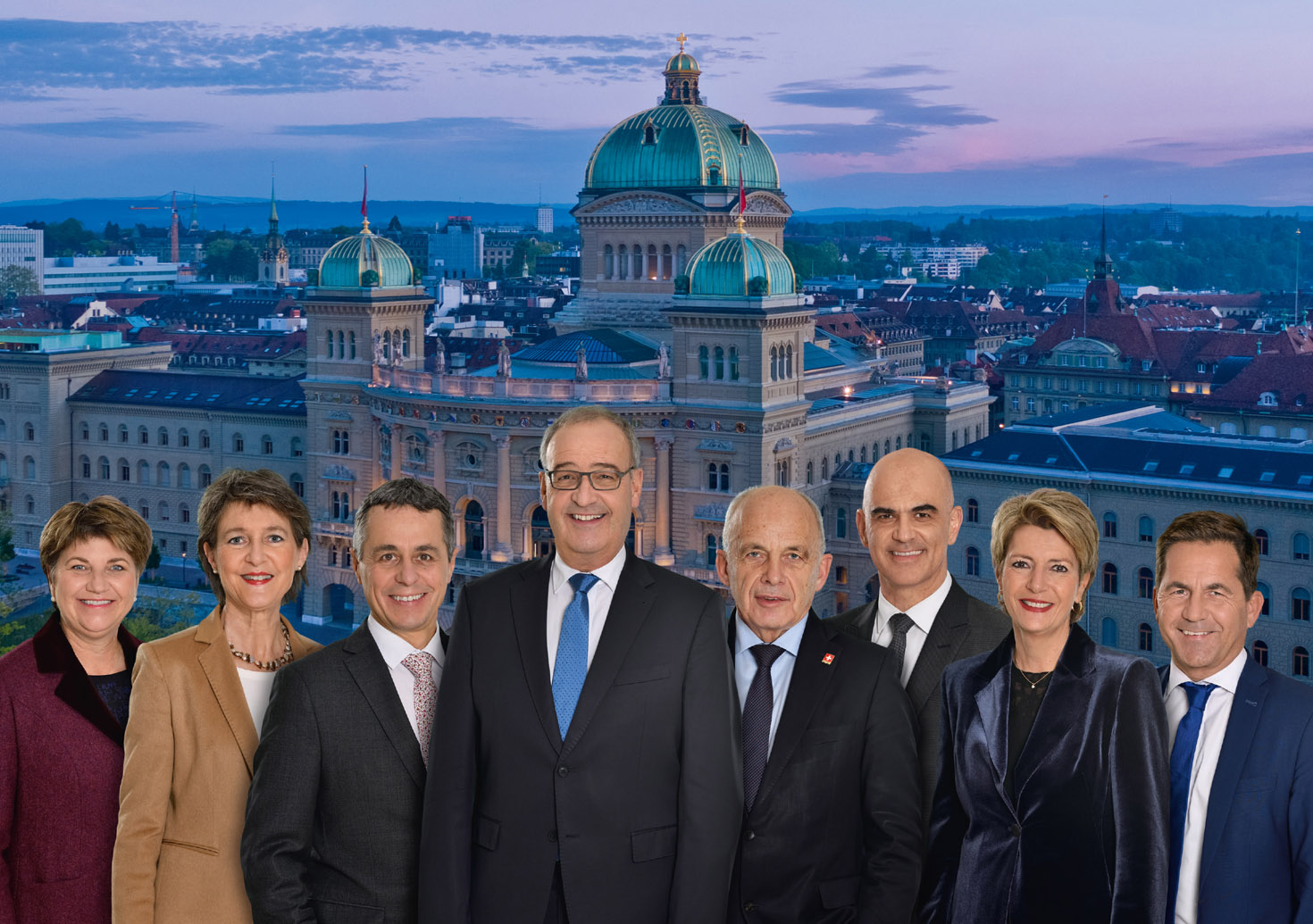Picutre : Pixabay
Swiss Diplomacy
On January 1, Guy Parmelin took office as the new President of the Swiss Confederation. But what is the purpose of a president in a country where the government is formed by seven equal « ministers”? And especially, what is his role in the country’s foreign policy? Let’s find out.
The United States is not the only country to have changed Presidents last month since Switzerland, as every year on January 1, saw the President of the Confederation take office. This year it was Guy Parmelin’s turn, an SVP/UDC (conservative right) from Vaud canton, who succeeded Bernese socialist Simonetta Sommaruga at the highest function. In addition, Ticino FDP/PLR (liberal right) Ignazio Cassis assumed the Vice-Presidency.
The comparison stops here, however, as the stakes and the competences of the highest office differ radically between Bern and Washington, and between Switzerland and most of the world actually.
Switzerland’s government is a collegial executive made up of seven federal councilors (“ministers”) who are equal, and all decisions are taken jointly, if necessary by vote. Each federal councilor is also responsible for his own department. Including ministers from all main parties of the country, who once in office are required to defend the position of the entire government even if it goes against their party, is a system unique to Switzerland that is also repeated its cantonal and municipal levels.
There is however a function of President of the Confederation which rotates each year among the ministers, according to their seniority. “First among his peers”, the President of the Confederation has no power beyond the six other councilors and continues to be in charge of his department (“ministry”).
If this function is purely honorary, and the President of the Confederation is not strictly speaking a Head of State, he is still received as such by foreign leaders during official visits, like when Donald Trump received Ueli Maurer, President in 2019, at the White House, and last year during Simonetta Sommaruga’s visits to Austria, Poland and Ukraine.
The role of the FDFA
The President of the Confederation thus has a representative role, even if it is not he who implements the country’s foreign policy, this role falling to the Federal Department of Foreign Affairs (FDFA) and to the decisions taken by the whole the Federal Council as a whole.
This department has been headed since 2017 by Ignazio Cassis, vice-president since January 1, and who will take up the presidency of the confederation next year. Thus, in 2022 the Swiss “minister” of foreign affairs and its president will be the same person. This was originally the norm, as since the creation of the Federal Council in 1847, the yearly function of President of the Confederation coincided with being the head of the Political Department (name of the FDFA between 1847 and 1887) for one year. This constant rotation at the head of the Swiss Ministry of Foreign Affairs ended in 1888, with an exception between 1896 and 1914.
The Federal Department of Foreign Affairs is made up of a General Secretariat, seven divisions and a State Secretariat, which develops strategies and guidelines for the Swiss foreign policy and coordinates it with the other federal departments. This « sub-department » is led by the Secretary of State, whom since 2015 is career diplomat Livia Leu Agosti.
However, despite its obvious importance when it comes to dealing with foreign countries, the FDFA has often been regarded as a secondary department in Bern, in the shadow of the « heavy-weight » finance, economics, interior or infrastructure departments. Thus, the task of running it has often been left to French or Italian-speaking ministers. A striking detail, since 1917 the FDFA has only been run during 9 years in total by a Swiss German!
In addition, representing the country abroad can also be performed by another member of the federal executive, as it was the case when federal councilor in charge of health Alain Berset was invited by Emmanuel Macron to attend the 2020 Bastille day parade in Paris, along with the Austrian, Luxembourg and German health ministers.
In the meantime, Guy Parmelin is set to embark on his first official visit to Vienna this month. Going to the Austrian capital for a first trip has long been the tradition of all Swiss presidents.
Sources:
Swissinfo, Federal Administration, Le Temps

